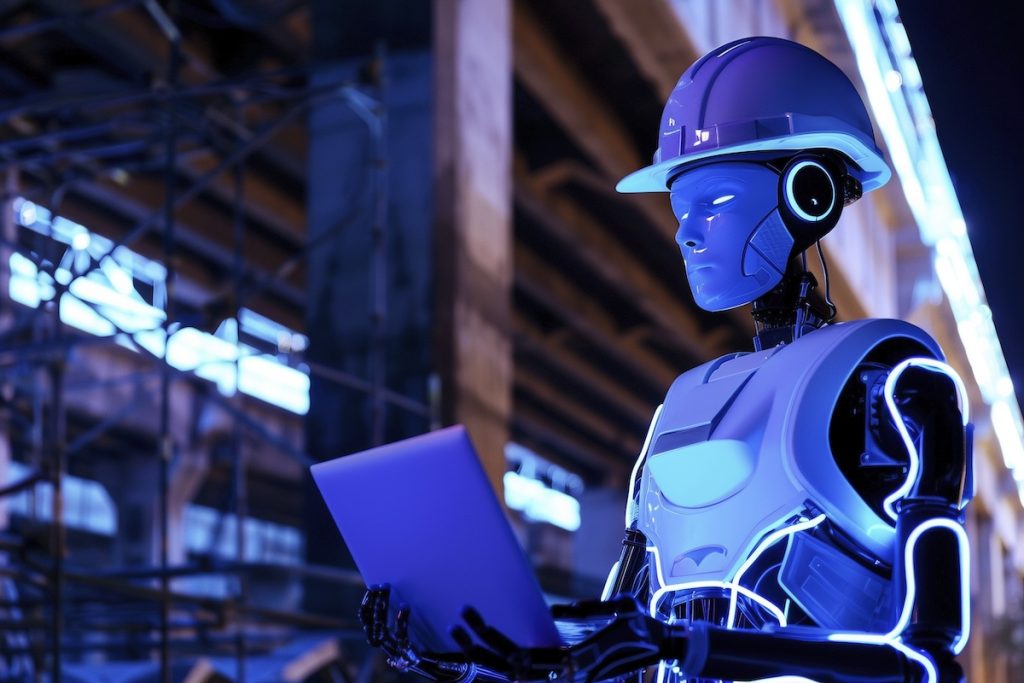What are the risks of using AI in manufacturing?
In the ever-evolving landscape of manufacturing, Artificial Intelligence (AI) presents both significant opportunities and substantial risks. While AI can drive efficiency, innovation, and enhanced cybersecurity, it also introduces challenges that must be carefully managed to ensure safety and trust. This article explores the dual role of AI in manufacturing, highlighting its potential to transform operations and its associated risks.
Even if AI is not used maliciously, there are still risks associated with using AI in manufacturing. As AI models and algorithms become more complex, they may become opaque to the people who manage them. This opacity could make it difficult to troubleshoot problems or understand why the AI is making certain decisions. If a system goes haywire, the people on the site will need to know how to manage and troubleshoot it. This is especially important in manufacturing, where productivity and safety are critical.
Trust is paramount when it comes to using AI in manufacturing. Generative AI will need to fit into existing human cultures around processes. These cultures are risk-averse for good reason, as decisions in these environments can directly impact safety. Control system environments often use apprentice-like systems to ensure workers are properly trained and trusted by their peers, especially when safety is on the line. AI will need to be integrated in a way that builds similar trust.
Another risk is that threat actors will leverage AI to target manufacturers. Ransomware actors are constantly innovating and creating new tools. They could use AI to develop more sophisticated attacks that are harder to defend against. For example, they could use AI to automatically detect, triage, process, or even sandbox disruptive attacks like zero-day or malware attacks. This could allow them to launch attacks at a speed that doesn’t even cause a noticeable disruption.
AI could also be used to redirect attacks into virtualized twin environments. This would allow threat actors to test their attacks without risking detection. They could then use this information to launch more effective attacks in the future.
Ultimately, using AI in manufacturing is a cat-and-mouse game between operators, defenders, and threat actors. Any defensive measures taken can be observed and potentially exploited by malicious actors.
Source: “Beware of Bad Actors | Leveraging AI-Powered Threat Intel to Keep Industrial Systems Safe and Available” session sponsored by Fortinet at IIoT World Manufacturing Days. This is an excerpt from the discussion summarized by notebooklm based on the session’s video transcript. It was verified and edited by IIoT World’s team. For more insights, watch the session on-demand.
